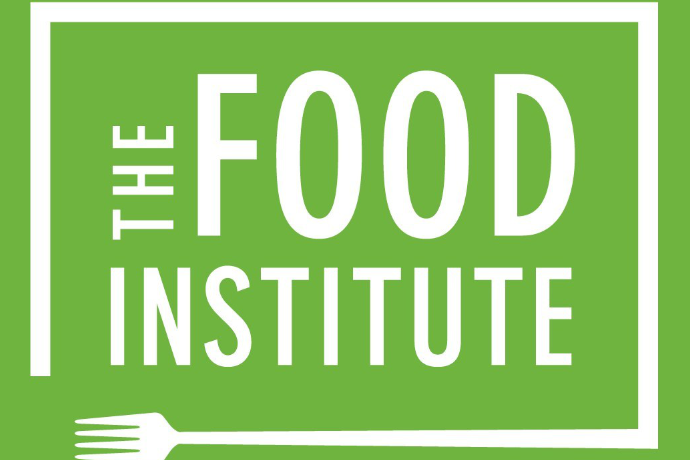KANSAS CITY, MO. – In a “What’s Ahead in 2021?” webinar hosted by The Food Institute on Dec. 16, Robyn Carter, founder and chief executive officer of innovation consultancy, Jump Rope Innovation; Phil Lempert, CEO of Retail Dietitians Business Alliance and known as the Supermarket Guru; and Bill Bishop, CEO of Brick Meets Click, all sat down to share their ideas about upcoming trends on the food industry for 2021.
While health and wellness aren’t new ideas in the food industry, Carter took the trend a step further by incorporating not only physical health, but mental and emotional health into a concept she called “holistic health and wellness.” Another existing trend pushed deeper involved transparency. Carter said consumers understand companies cannot achieve perfection and appreciate transparency in the sense that trying to get better rather than be perfect will, and they’ll come to understand respect that transparency, as well as economic and ecologic transparency.
Lempert called today’s supermarket landscape “the wild west,” and suggested the coronovirus’ (COVID-19) exposure of a fragile supply chain scared shoppers and thought one solution might come in the form of supermarkets inspiring shoppers with technological innovations. He described future retail food outlets that were smaller, niche oriented with less SKUs. In the future supermarket, Lempert said robots would pick staple items in the back of the store while customers shopped fresh by appointment. Store personal would consolidate the order and check the customer out when ready.
Bishop cited technology and innovation for the future of retail food buying, and specifically, personalized meals and food recommendations coming from retail store personnel. He said current notions will be revised and technology will allow store nutritionists to customize shopping lists based on a customer’s genetic make-up.
“The technology is there, and we have it,” Bishop said. “It’s just not rolled out yet.”
All three panelists agreed the food retail industry lags behind when incorporating technology into its business model.
The “What’s Ahead in 2021” webinar also touched on things that scared the panelists about the future of retail. Technology might help to mitigate some of the fears, but not all of them.
“The grocery and meat packing industries are not presently equipped to handle the next pandemic,” Lempert said. “Those supply chains are still too fragile.”
Lempert did say he thought technology and innovations could help to figure out ways to strengthen those two supply chains.
Bishop and Carter worried about issues more in the vein of socioeconomics and class. Carter noted that cash strapped consumers cannot buy in bulk and must visit the grocery store more often and risk greater exposure to COVID-19. These shoppers also have lesser health care creating even more risk. Bishop dug deeper citing a growing number of Americans do not have the resources to feed themselves. If this trend continues, Bishop’s concern will become where do they get the food, and more importantly how.
All the panelists agreed that starting in 2021, the landscape of the food industry will begin a change and never go back to the way it’s been.



